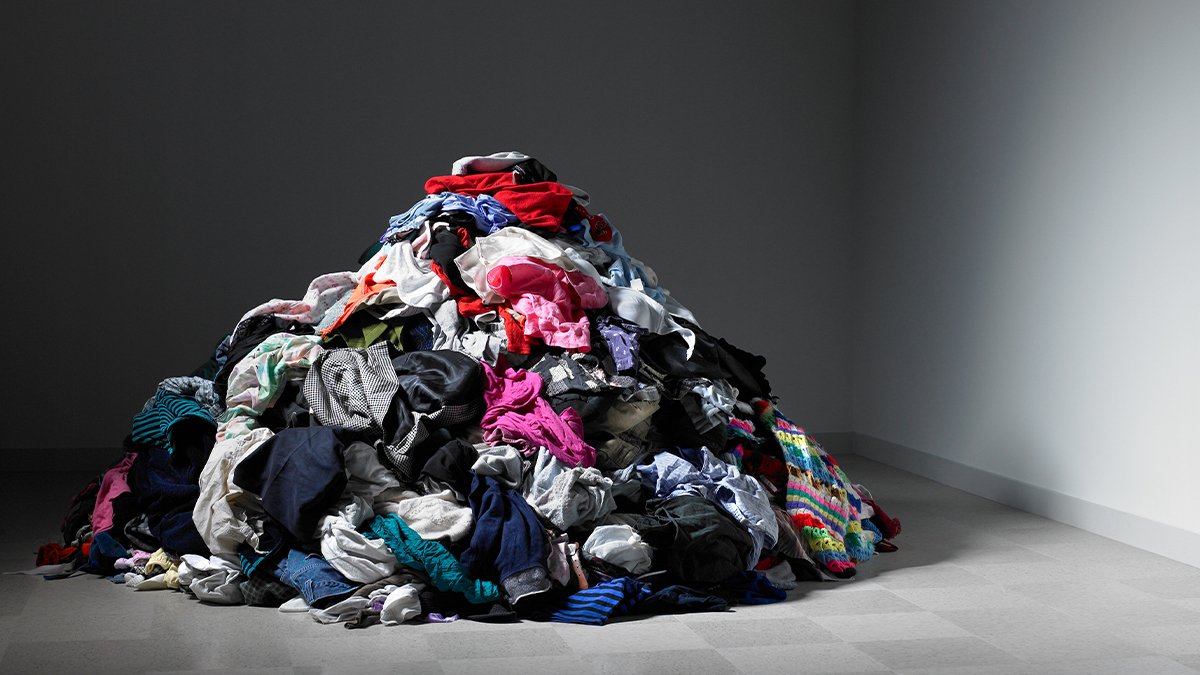Could ‘Made to Order’ Fashion be the Future of Sustainable Fashion?
Image Courtesy of Harvard Business Review
In recent years there has been growing awareness of the responsibility fashion retailers hold for their environmental and social impact. Consumers have also become increasingly aware of the importance of the sustainable profile of their chosen retailers and therefore have made more conscious and sustainable decisions, further pushing brands to make more sustainable decisions to keep their loyal customers.
This development has lead brands to become more transparent about their supply chain, specifically rethinking how ethical their production processes are. However, an area that is often overlooked by the brands is overproduction, as overproducing is simply seen as part of the production process for fast fashion brands. Overproduction and garment waste is seemingly inevitable for big retailers enabling them to keep up with consumer demand and incoming trends. Unfortunately, this is only leading to more environmental issues as textile waste is one of the most devastating statistics with an estimated 92 million tonnes of textiles are wasted annually.
Image Courtesy of Eco
Made to order fashion; a practice which has been under the spotlight since the pandemic, could be the solution to eradicate the severe impact of overproduction. This method is as straightforward as it sounds; a consumer orders a garment that is then created after their order has been placed. This means that only these demanded garments get produced- leaving no excess items ending up in landfill.
Many brands who use made to order within their business models have been praised for their efforts of putting quality over quantity and eliminating textile waste. Not only is the approach environmentally friendly, consumer's can also benefit from this practice by having their garments personalised and made to their exact measurements.
Image Courtesy of The Sustainable Fashion Collective
Using innovative technologies like body scans, the consumers sizing can be accurately determined. Recently founded American brand, Red Thread, has already proved this technology successful, by using mobile scanning technology they are able to collect precise measurements for each customer and tailor each of their made to order garments to perfection.
Independent British brand, Molby The Label is another example of a brand using the made to order business model as a way to reduce fabric wastage and carbon emissions. As highlighted on their website, the brand focuses on creating high quality 'timeless garments which can be worn again and again'. As each of their garments are handmade to order, customers also have the luxury of adjusting the designs slightly, whether that is a fitting preference, length or colour; another consumer benefit for this method.
Image Courtesy of Molby The Label on Facebook
There is no doubt that there are significant environmental benefits of made to order fashion, however scaling this approach would prove extremely difficult for larger retailers, not to mention the extra costs. Large retailers would not be able to keep up with the consumer demand if they did not have stock already available and backup stock ready in the warehouses. The timeframe would also be challenging, as there would be a longer production time for each garment in addition to travelling time from the factory to the warehouses and then from the warehouses to the consumer or store.
Considering the scale and time factors as well as the sheer volume and range of clothing that gets ordered from retailers, the made to order approach does not seem to be a realistic way forward in sustainability for the majority of big brands. Nonetheless, for smaller retailers and independent brands this could be a beneficial approach.




